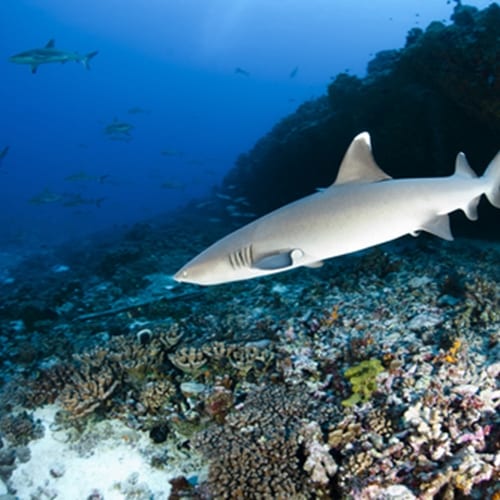Earthwire recently reported on the difficulties of investigating the Clarion-Clipperton Zone, an underwater area in the southeastern Pacific Ocean, in advance of possible mining activity there. This large area accounts for 2.3 million square miles and valuable "polymetallic nodules" that could attract industrial miners. The source spoke to University of Hawaii oceanographer Craig Smith, who has been researching the environment in this area for months, about the "biodiversity" of the region.
"Investigating remote areas is part of what ROVs are made for."
Part of this research, the source reports, involves deploying ROVs into the ocean. Though official mining practices aren't slated to start for two more years, Nautilus Minerals is expected to start testing for mining production sometime in the remainder of 2016.
Another researcher mentioned by the source more recently used an ROV to re-examine a site in the Peru Basin where his team had worked: The high-resolution of the unit's images showed some tracks the earlier visit had left behind.
Investigating remote areas is part of what ROVs are made for. However, pushing an ROV too far into the deep end could end up damaging the system. A best practices guide from the International Marine Contractors Association warns against using these vehicles in areas below their maximum depth. Speed, distance and any contaminants in the water need to be considered as possible obstacles to normal operation as well.
"Gas can affect visibility, block sound transmission and cause sudden loss of buoyancy," the Code reads. "If pollutants are present, precautions should be taken to protect the in-water portions of vehicles and any personnel who handle the ROV during launch, recovery and maintenance."
Finding insurance for ROV users and equipment may be simpler with experienced insurance professionals on your side. These experts know the expectations of the industry intimately, while standard general insurance don't.

